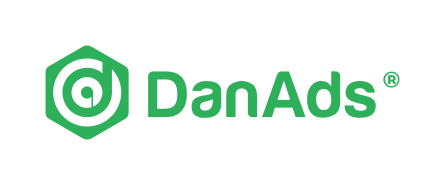DanAds CMO Lisen Zethraeus comments on the news publisher lawsuit against Facebook and Google.
On December 8th, Axios revealed that more than 200 newspapers across the USA have filed antitrust lawsuits against Google and Facebook in the past year. They allege that the two tech giants monopolized the digital ad market for revenue that would otherwise go to local news. The News Media Alliance, a trade group that represents newspapers, has expressed their full support for the litigation. In a recent interview with the Wall Street Journal, one of the litigants said “we felt the political and legal climate have moved in our favor and are ready to go ahead.”
Whether the lawsuits prove successful remains to be seen. Either way, their filing demonstrates yet again that the tide appears to be turning on the tech monopoly and its fraught relationship with publishers – especially in the news media. While the aforementioned publishers have taken the fight to Facebook and Google via the courts, others have chosen to meet them on the battleground of advertising.
One of the persistent grievances that news publishers have against Facebook is that Facebook generates an astonishing amount of advertising revenue – literally hundreds of billions of dollars – while not actually producing any original content themselves. News stories, provided by publishers, generate a huge amount of engagement and impressions on Facebook, which Facebook then monetizes through their ads business.
A 2020 Pew Research study found that the news industry’s ad revenues dropped by 62 percent over the past decade, from $37.8 billion in 2008 to $14.3 billion in 2018. From 2009 to 2018, Facebook’s advertising revenue went from $764 million to $55 billion.
Now the publishers themselves want in on the lucrative business of digital advertising, to the point that papers like The Washington Post have launched their own self-serve ad platforms, inspired by the success of Google and Facebook’s campaign managers. The Washington Post’s platform gives access to not only their ad inventory but also that of a network of regional partner papers from across the country. The New York Post, Bloomberg, and Hearst Magazines (owner of Cosmopolitan and Men’s Health) have also created self-serve ad solutions as a way of wresting back some control over their ad revenues.
Fundamentally, publishers are tired of the status quo. The slow death of print led many to see the tech companies as their saviours, so they shifted their focus from subscriptions to ads. But the last 10 years have seen those ad revenues diminish – even as the reach of the media has grown and grown.
The relationship between media and tech providers is closer and yet more contentious than ever before. Both are dependent on each other, but for years Big Tech has had the upper hand. As publishers start owning their ad revenues, they move towards a more even playing field – which benefits everyone.

Lisen Zethraeus
CMO
The real cost of TV advertising: A dive into TV ad rates
Discover the real cost of TV advertising rates and explore how self-serve advertising platforms make TV advertising more accessible and effective.
Election year advertising: a publishers’ perspective
2024 is shaping up to be a major year globally for elections. Upcoming votes include those for the European Parliament (June), the UK (July), and
Meet our Recruiter & Social Media Manager – Zukhra Nazarova
DanAds is the global leading provider of self-serve and advertising automation platforms. Our success story is powered by an international team of top-tier talent —






